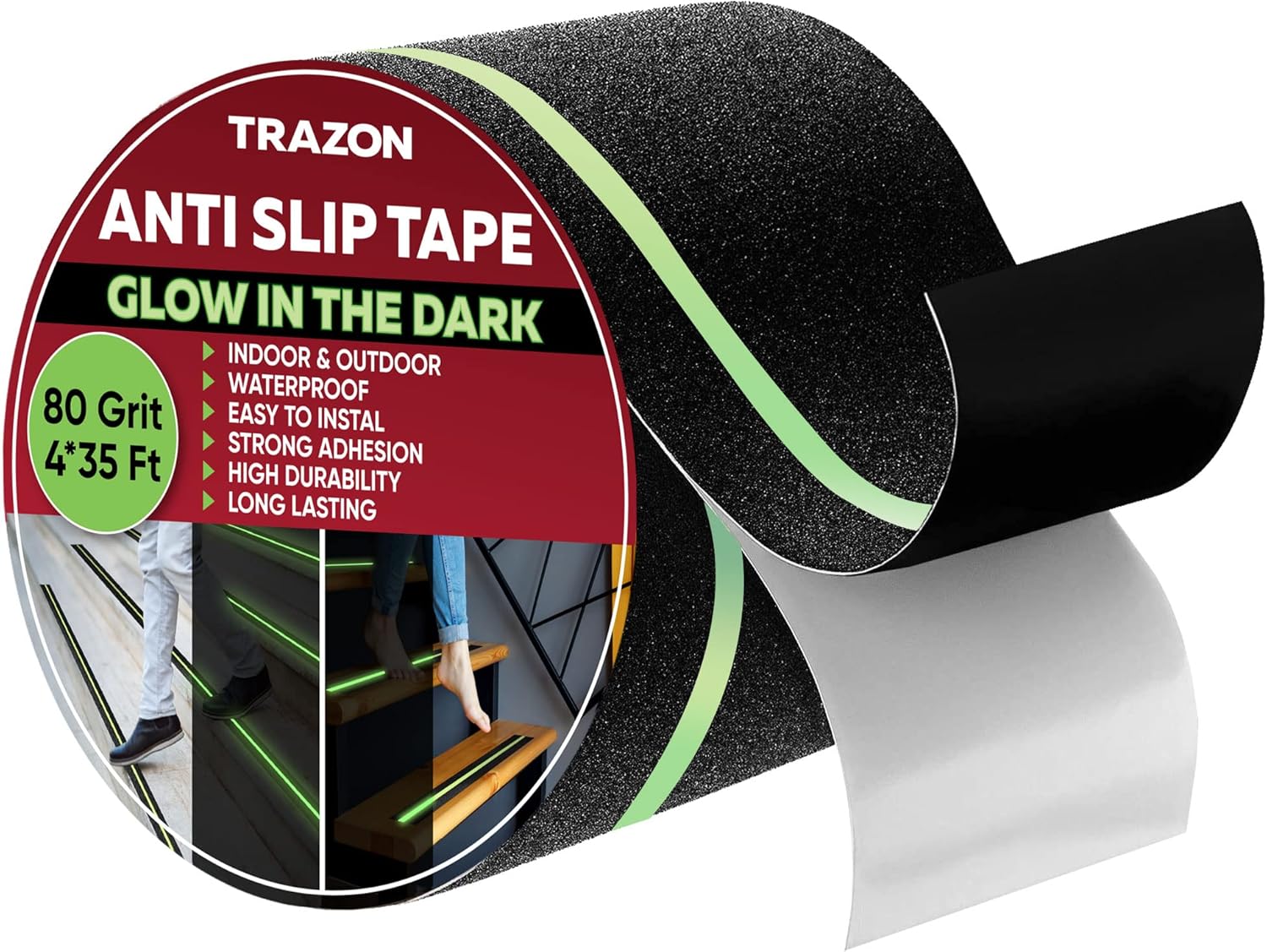Cleaning slippery outdoor floors, whether it’s a patio, deck, or pool surround, presents unique challenges. A seemingly simple task can quickly become a hazardous one if safety isn’t prioritized. This comprehensive guide will equip you with the knowledge and strategies to tackle these cleaning tasks safely and effectively, leaving your outdoor spaces sparkling and accident-free.
Understanding the Slippery Surface: Why Safety First?
Outdoor surfaces, especially when wet or covered in algae, moss, or other organic matter, are inherently slippery. This increases the risk of slips, trips, and falls, leading to injuries ranging from minor scrapes to serious fractures. The potential consequences underscore the vital importance of prioritizing safety throughout the cleaning process. Before even considering cleaning solutions, assess the surface itself. Identify areas of particular concern: loose tiles, uneven paving, or significant slope. These are prime candidates for accidents.
Essential Safety Equipment: Your Arsenal Against Slips
Approaching the task armed with the right equipment is the first step towards a safe cleaning session. This goes beyond simply having a brush and bucket. Invest in:
- Non-slip shoes or boots: These are your first line of defense. Look for footwear with good grip and ankle support. Avoid smooth-soled shoes or sandals.
- Rubber gloves: Protect your hands from harsh cleaning chemicals and potential irritants.
- Eye protection: Goggles or safety glasses prevent splashes from getting into your eyes, protecting you from cleaning solutions or debris.
- Long-sleeved shirt and long pants: These protect exposed skin from cleaning solutions and potential scratches from rough surfaces.
- A sturdy ladder or step stool (if necessary): Never attempt to clean high areas by stretching or using unstable furniture.
Choosing the Right Cleaning Solution: Balancing Effectiveness and Safety

The type of cleaner you use greatly impacts both cleaning efficacy and safety. Harsh chemicals can damage surfaces and pose health risks. Opt for eco-friendly solutions whenever possible. For general cleaning, a mixture of mild detergent and water often suffices. For stubborn stains like mildew or algae, consider using a bleach solution (always following the manufacturer’s instructions carefully and ensuring adequate ventilation), or a specialized outdoor cleaner designed for the specific material of your surface.
Always test any cleaning solution on a small, inconspicuous area first to check for discoloration or damage. Remember to thoroughly rinse the surface after cleaning to remove any residual cleaning agents.
Effective Cleaning Techniques: Minimizing Slip Hazards
Your cleaning method plays a significant role in minimizing slip hazards. Avoid large quantities of water at once. Work in small sections, cleaning and rinsing each area thoroughly before moving on. This prevents the buildup of excess water, creating a less slippery surface. Use a squeegee or mop to remove excess water regularly.
For heavily soiled areas, consider using a stiff-bristled brush to loosen dirt and debris before washing. If using a pressure washer, maintain a safe distance from the surface and use a low-pressure setting to avoid damaging the material or causing excessive water runoff.
Post-Cleaning: Ensuring Long-Term Safety

Once cleaning is complete, ensure the surface is thoroughly dried to eliminate slip hazards. Use a squeegee or absorbent cloths to remove excess water. If possible, allow the surface to air dry completely before allowing foot traffic. Regular maintenance, including sweeping or brushing away leaves and debris, significantly reduces the risk of slipping in the future.
Dealing with Specific Surface Types: Tailored Approaches
Different outdoor floor surfaces require specific cleaning approaches. For example:
- Wood decks: Use a wood-specific cleaner and avoid excessive water, as this can lead to warping or rotting.
- Concrete patios: These are generally more durable, but still require careful cleaning to avoid excessive water pooling. A pressure washer can be effective for removing stubborn stains, but use caution to avoid damage.
- Stone pavers: These can be sensitive to acidic cleaners, so use a pH-neutral cleaner. Avoid harsh scrubbing that could damage the sealant.
- Tile: Use a cleaner suitable for the type of tile (e.g., ceramic, porcelain). Ensure grout lines are thoroughly cleaned to prevent mold and mildew growth.
When to Call a Professional: Recognizing Your Limits

While many outdoor cleaning tasks are manageable DIY projects, some situations necessitate professional assistance. If dealing with extremely large areas, hazardous materials, or complex cleaning needs, contacting a professional cleaning service is advisable. Professionals possess the expertise, equipment, and safety protocols to tackle these challenges effectively and safely.
Conclusion: A Safe and Sparkling Outdoor Space

Cleaning slippery outdoor floors safely requires careful planning and attention to detail. By following these safety tips and selecting appropriate equipment and cleaning solutions, you can effectively clean your outdoor spaces while minimizing the risk of accidents. Remember that prioritizing safety is not just about avoiding injuries; it’s about enjoying your outdoor areas with peace of mind.